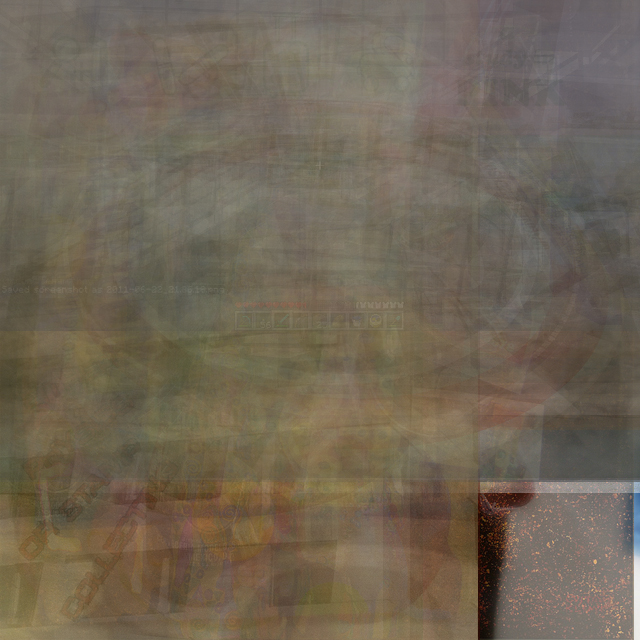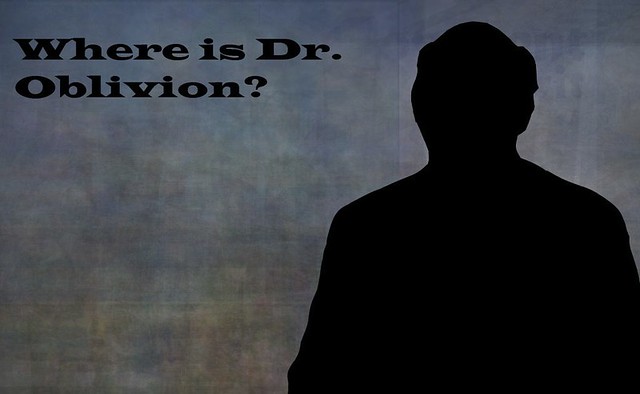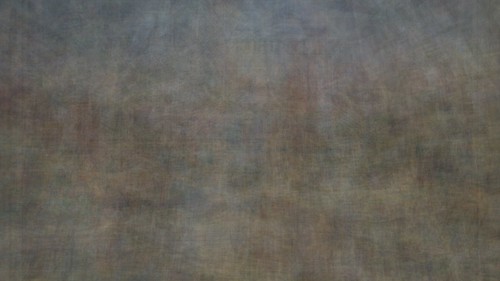The assignment: “Take a concept, one word, and plug it into Flickr and take the first 50 images and average them using Photoshop or similar program.”
The instructions: “Averaging Concepts in Flickr”
While looking through the
Visual &
Design assignments over at the
ds106 site, I saw this visual assignment, and had to check it out. The article containing the intructions included the authors use of “averaging concepts” applied to love, communication, anger, and denial.
So, the general idea of this assignment is to choose a (one word) concept, download the first 50 (CC adaptable) images from flickr, and then use a technique in Photoshop to average the pictures together. Thankfully, the author of the article containing the instructions provided some good information on how to complete this task.
- Download Bulkr
- Search for your concept
- Download images
- Use a few techie options in Photoshop
- ???
- Profit
So, after much brainstorming, I had an amazing idea for a concept to use for this task, “amazing”.
The Bulkr app is very easy to use, but I did have a few complaints. I could only download images in their large format (not original), and I could not save the source of the images (so I could give proper credit) to a text file. These were “pro” features. Having to use large images didn’t matter much, but in the spirit of this class, I wanted to make sure the photos were properly credited.
So.. I entered the same search term in flickr, and went about matching up the flickr results to the Bulkr results and copy/pasting the links to the corresponding images. What a pain. Also weird was that a few of the images in the Bulkr search results didn’t appear when searching in flickr.
In the end, I downloaded 48 images, and then I went about using Photoshop to do the averaging.
Loading all 48 images was quite the task, but after that was complete, it took only one simple command (Layer -> Smart Objects -> Stack Mode -> Mean) to take the mean of the set.
Here’s the result:

I think what’s interesting about taking the average of a concept in this way is that parts of certain images are still visible and recognizable. In the average of “amazing”, you can still see bits of buildings, and the words “polaroid camera”. You can be the judge on what that says about being amazing.
Photo credits can be found in the description of the image uploaded to flickr, here.















